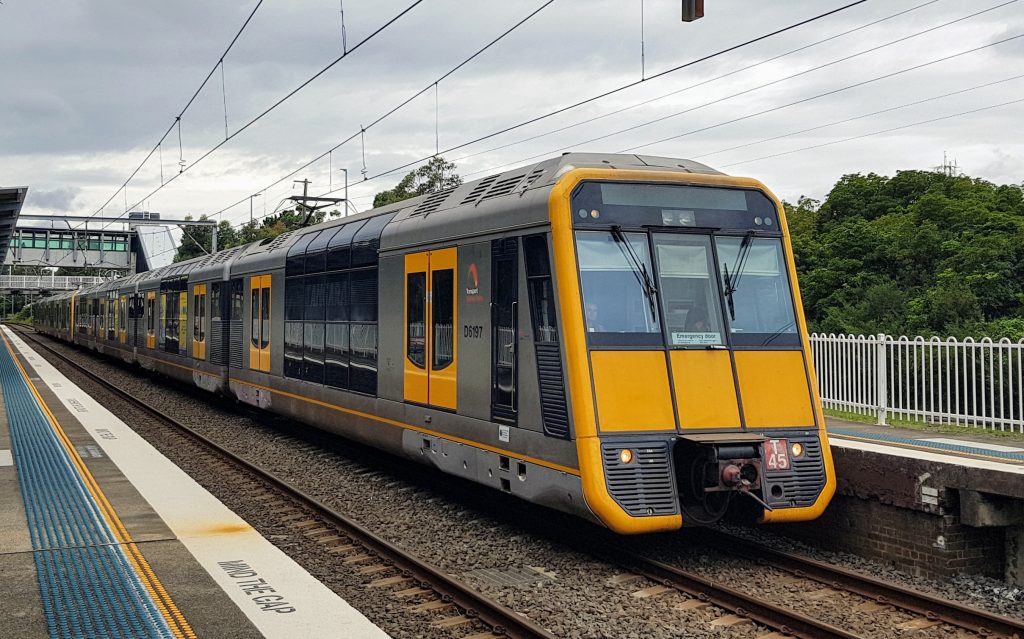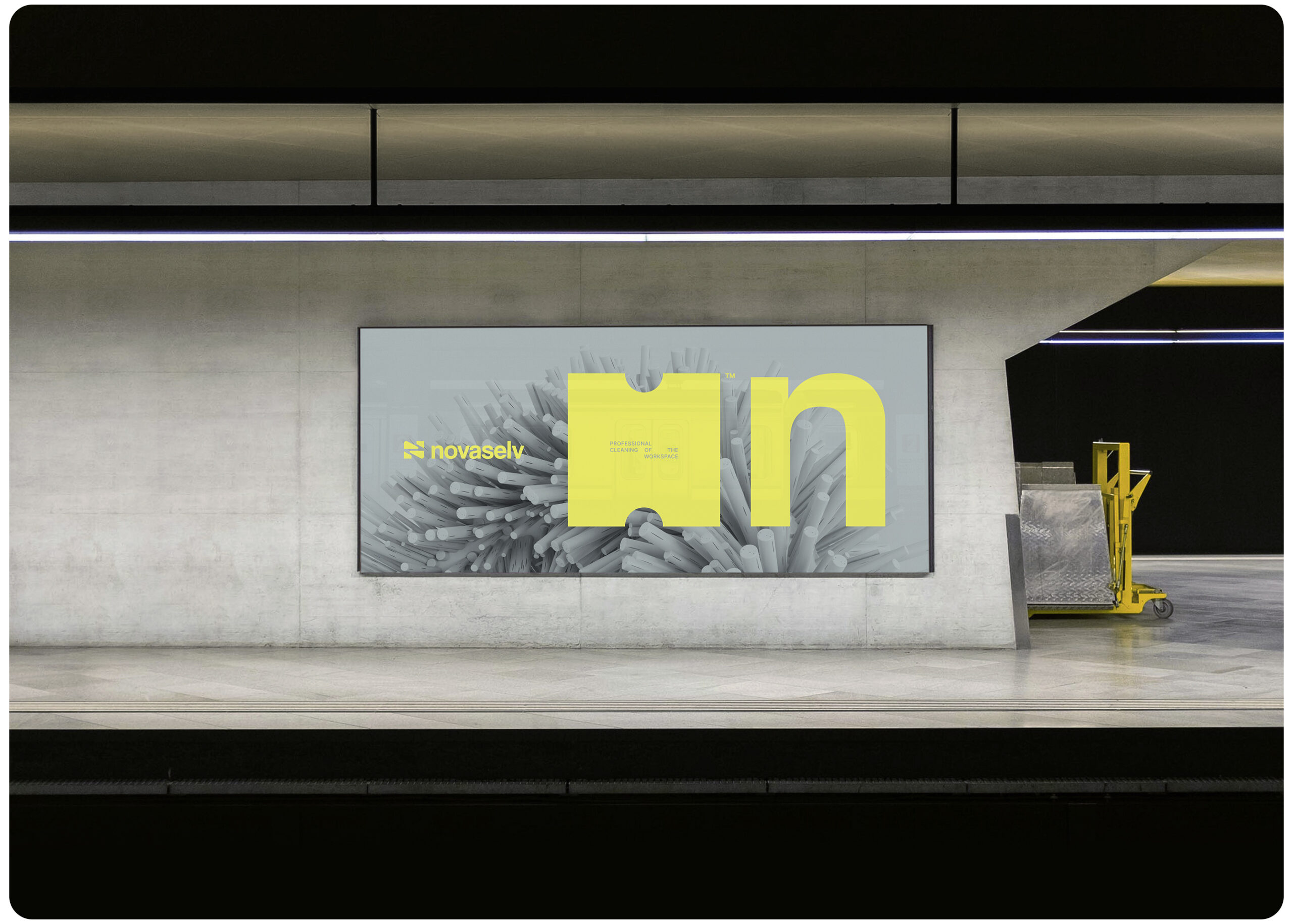Engage Commuters on the Go with On Train Advertising
Brands can interact with commuters in a distinctive and powerful way through on train advertising. With its strategic placement and captive audience, it offers excellent opportunities to raise brand awareness and boost customer engagement.
Below, we’ll explore why on train advertising works, the different train ad formats available, design tips, real-world examples, and additional insights that highlight its growing importance in today’s marketing landscape.

The Benefits of On Train Advertising
- Captive Audience: Commuters are less likely to be distracted while traveling, making them more receptive to advertisements.
- Repeated Exposure: Daily commuters often see the same ads repeatedly, reinforcing brand messaging.
- Broad Reach: Trains carry diverse groups of people, allowing brands to target specific demographics based on routes and times.
- Cost-Effective: Compared to TV or large-scale outdoor advertising, train ads can deliver high impact at a relatively lower cost per impression.
- Eco-Friendly Option: With digital and reusable formats, many transport networks now provide sustainable advertising options that align with green initiatives.
On-Train Advertising Types
- Interior Panels & Posters: Spacious areas for impactful visuals, ideal for detailed messaging.
- Digital Screens: Perfect for dynamic content like animations and videos.
- Seatback Ads: Prominent placements with concise messaging on the backs of seats.
- Door & Floor Decals: Bold, vibrant designs for short and powerful messages.
- Wrapped Carriages: Full-train wraps transform an entire carriage into a moving billboard, delivering maximum visibility inside and outside.
On Train Advertising Design Tips
- Keep It Simple: Short, clear messaging works best.
- Use Bold Graphics: Vivid, contrasting visuals help your ad stand out.
- Incorporate Calls to Action: QR codes enable quick access to offers or information.
- Ensure Accessibility: Large, legible fonts for easy reading.
- Localize Messaging: Tailor ads to specific routes or demographics.
Real-World Examples
- Technology: App download ads with bold CTAs.
- Tourism: Destination visuals with QR codes linking to deals.
- Education: Course promotions with quick sign-up links.
- Retail: Exclusive discounts driving in-store and online sales.
- Healthcare: Awareness campaigns about checkups or vaccinations.
Why It Works Better Than Other Channels
Unlike billboards or digital ads that people can skip, train ads are unavoidable and remain in close proximity to commuters. Extended dwell time during train journeys allows for deeper engagement and repeated impressions, making on train advertising more effective than many other platforms.
Innovative Engagement Ideas
- Augmented Reality (AR): Scan posters to unlock immersive experiences.
- Gamification: QR-linked contests and games with rewards.
- Social Media Integration: Hashtags encouraging commuter participation.
- Time-Based Messaging: Ads that change depending on peak or off-peak hours.
Measuring Success
- QR Code Tracking for direct engagement.
- Website Analytics to measure sign-ups and conversions.
- Social Media Monitoring for campaign hashtag activity.
- Customer Feedback to gauge ad recall.
- ROI Comparison against other advertising mediums.
Conclusion
On-train advertising offers brands a unique way to reach commuters, build repeated exposure, and increase brand visibility.
By using the right advertising formats, clear messaging, and interactive elements like QR codes or AR, brands can strengthen commuter engagement and drive real consumer action.
Whether promoting a product, raising awareness, or fostering long-term loyalty, train ads leave a lasting impression.
FAQs about On Train Advertising
1. Why is on train advertising effective for brands?
On train advertising works because it targets a captive audience with extended dwell time, allowing brands to deliver repeated exposure and stronger commuter engagement compared to traditional media.
2. What are the most popular on train advertising formats?
The most common train ad formats include interior posters, digital screens, seatback ads, door decals, and full-train wraps—each offering unique visibility and creative opportunities.
3. How can brands measure the success of train ads?
Brands can track success through QR code scans, website analytics, social media engagement, and direct customer feedback to measure impact and brand awareness.
4. Is on train advertising cost-effective compared to other channels?
Yes. Train ads often deliver a lower cost per impression than TV or large-scale outdoor ads, making them a cost-effective option for businesses seeking broad reach and high visibility.
5. Can on train advertising target specific demographics?
Absolutely. By selecting routes, times, and locations, brands can reach specific commuter demographics, tailoring their campaigns for maximum relevance and impact.and serve as a powerful component of any integrated marketing campaign.
GET IN TOUCH WITH OUR TEAM

Melbourne
Head Office
Level 7, 492 St Kilda Road,
Melbourne Vic 3004
Ph: 03 9867 1022
info@sjmediagroup.com.au

Sydney
Office
Level 3, WeWork c/o S&J Media Group,
100 Harris Street,Pyrmont NSW 2009
Ph: 02 8424 6100
info@sjmediagroup.com.au

Brisbane
Office
WeWork c/o S&J Media Group,
310 Edward St,Brisbane City QLD 4000
Ph: 07 3217 2233
info@sjmediagroup.com.au
View more of our related content
- Boost Brand Exposure in Public Spaces for Greater Impact
- City-Wide Advertising: Expand Brand Reach Across Urban Markets
- Maximize Impact with Metro Advertising in Urban Areas
- Red Book Advertising in Australia: Unlock Targeted Audience Engagement
- RedNote Advertising in Australia: How to Market to Chinese Consumers
- Multicultural Advertising in Australia: Strategies for Success in a Diverse Market
- The Power of Australia Train Advertising: Capturing Audiences on the Go
- The Power of Outdoor Media: Boosting Brand Visibility in Public Spaces
- Chinese Media in Australia: Expanding Brand Reach to Chinese Audiences

